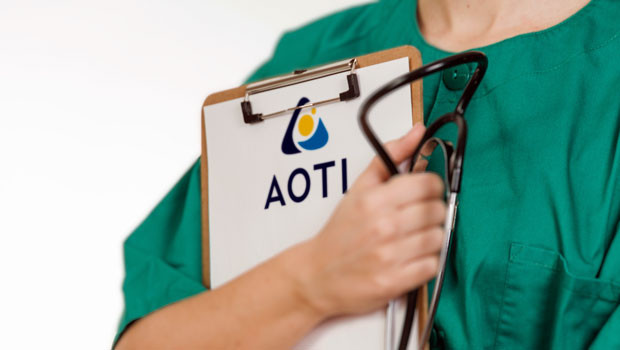
Source: Sharecast
The AIM-traded firm said the decision followed the publication of a peer-reviewed health economic study which concluded that adoption of TWO2 therapy could significantly reduce overall diabetic foot care costs for the NHS in England.
It said the study, published in the Journal of Diabetic Complications, was authored by UK-based health economists and clinical experts in diabetic foot care.
The study highlighted the cost-effectiveness of AOTI’s multi-modality oxygen therapy in managing diabetic foot ulcers (DFUs), a major driver of NHS expenditure.
DFUs are a leading cause of morbidity and lower-limb amputations among diabetics, with up to one third of patients affected in their lifetime.
Non-healing ulcers account for the bulk of related costs, with around 66% failing to heal within a year and approximately half developing infections.
The total cost of diabetic foot disease in England was estimated to represent nearly 1% of the NHS’s projected £192bn budget for 2025.
AOTI said the NHS framework inclusion would support broader adoption of its therapy, and was aligned with efforts to reduce amputation rates and long-term care costs.
“It is exciting to see acknowledgement of the clinical and health economic benefits delivered by our unique cyclical-pressure TWO2 therapy with its inclusion in the new framework agreement for advanced wound care,” said president and chief executive officer Dr Mike Griffiths.
“Once implemented patients across England will have easier access to our proven limb saving outcomes and the NHS can start to realise substantial cost savings.
“These benefits are driven by significantly reduced wound recurrence, hospitalisations and amputations, all of which translate to improved quality of life for patients living with these non-healing foot ulcers.”
Reporting by Josh White for Sharecast.com.